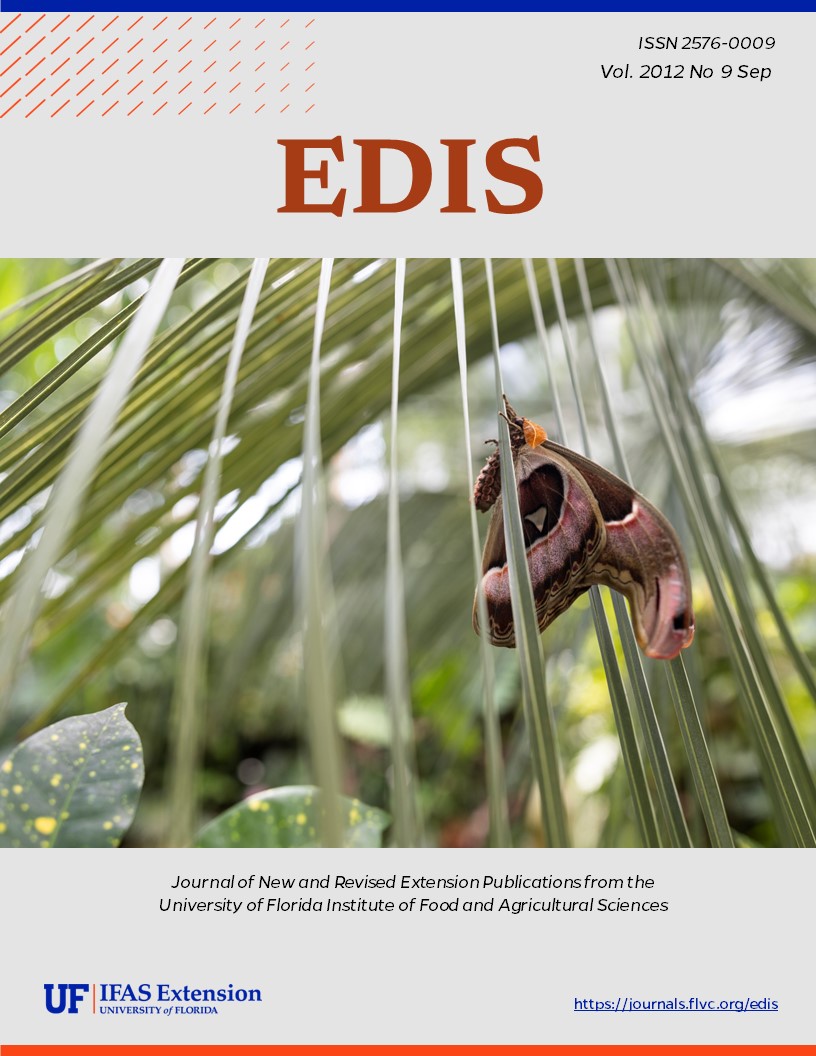Abstract
SS-AGR-125, a 3-page fact sheet, discusses the effect of perennial grasses on peanut and cotton nematode, disease and weed problems. Originally published by the UF Department of Agronomy, July 2006. Updated with D. L. Wright, J. J. Marois, T. W. Katsvairo, and J. R. Rich September 2012.
References
D.L. Wright, J.J. Marois, T.W. Katsvairo, and J. R. Rich.2006a. Sod/Livestock based Peanut/Cotton Production Systems: Why We Recommend It! http://edis.ifas.ufl.edu/ag258
https://doi.org/10.32473/edis-ag258-2006
D.L. Wright, J.J. Marois, T.W. Katsvairo, and J. R. Rich. 2006b. Sod-Based Peanut/Cotton Rotation-Soil Health Part 1. http://edis.ifas.ufl.edu/ag256
D.L. Wright, J.J. Marois, T.W. Katsvairo, and J. R. Rich. 2006c. The Role of Livestock in Integrated Peanut/Cotton Cropping System Economics. http://edis.ifas.ufl.edu/ag255

